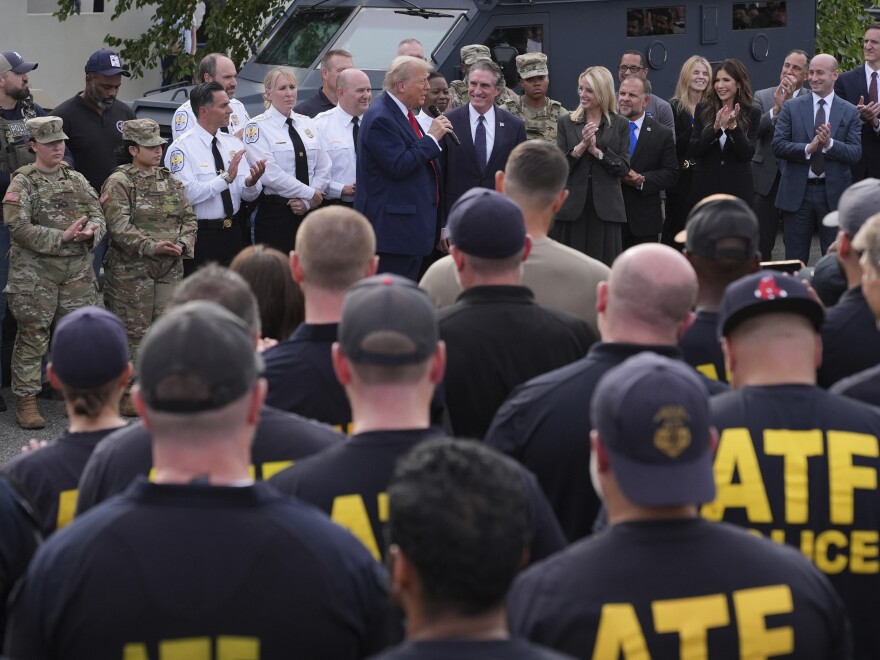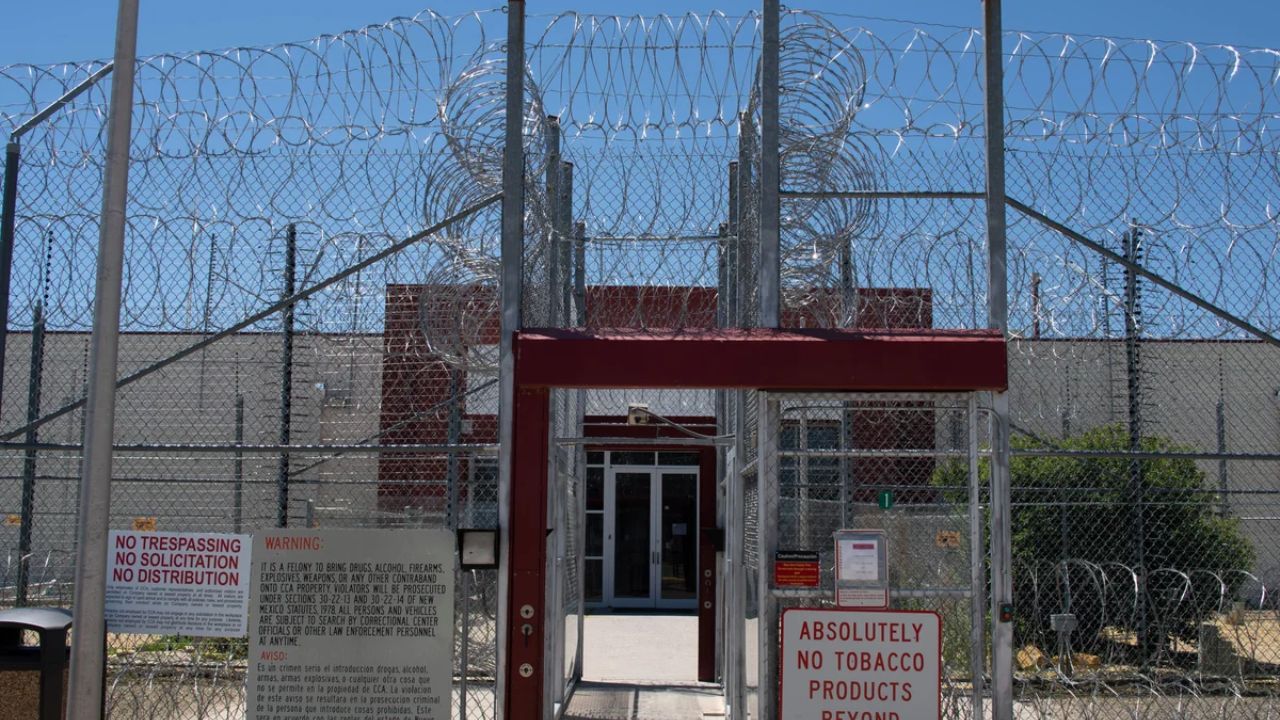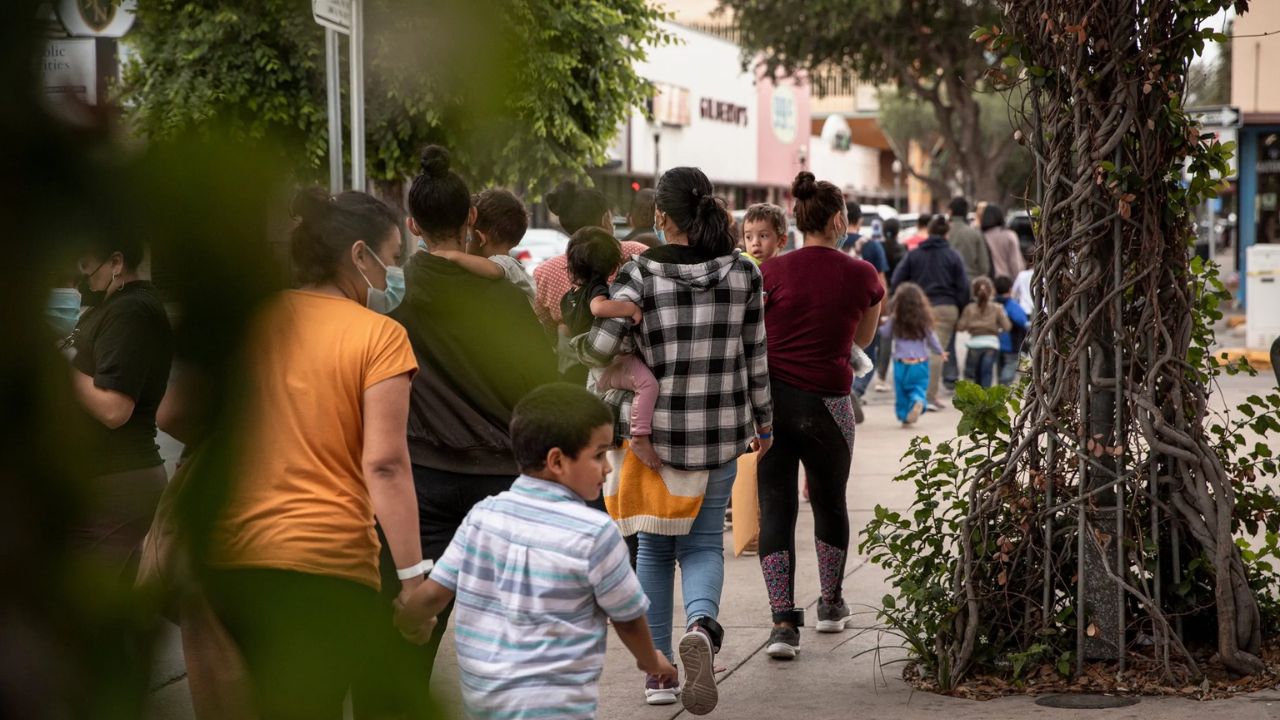As part of the president’s effort to combat crime in the nation’s capital, the Trump administration said Friday that it has detained over 700 people in Washington, D.C.
Jeanine Pirro, the U.S. Attorney for D.C., has often advocated for more severe penalties for criminals. She promised to make sure arrests result in prosecutions during a visit Thursday with President Trump and federal law enforcement and National Guard troops stationed in the district.
“I’m ensuring that the blue is backed to the hilt. We’re going to do everything in our power to ensure that we file charges in every arrest you make,” Pirro said the gathering.
Here’s what you should know about those arrest figures and the inferences that may and cannot be made from them.
What do we know about who has been arrested?
The D.C. Metropolitan Police Department reports that within the first 10 days of the federal takeover, around 800 arrests were made, a roughly 40% rise over the same period in 2023 and a 25% increase over the same period last year. The degree of overlap between police arrest statistics from the White House and D.C. is yet unknown. Neither has provided a firm response.
NPR has asked MPD and the Trump administration for a complete list of the identities of those arrested. Neither has supplied it. The public won’t be able to fully understand who has been arrested, why, or whether they are still being held without that information.
The agency that made these arrests is also unknown.
About 40% of arrests during the initiative have been related to immigration, according to a White House official who was not authorized to publicly share data. Of the non-immigration arrests, the official said that roughly half took place in the Washington neighborhoods with the highest rates of violent crime between August 9 and August 17. Those claims could not be independently verified by NPR.
“My first question is, where are the receipts on these arrests?” says Jenn Rolnick Borchetta, the ACLU Criminal Law Reform Project’s deputy project director for policing. “There are still a lot of questions about what happens next to understand if they were valid arrests, if these were arrests where people’s rights were being violated and they shouldn’t have been arrested in the first place.”
What can arrests tell us about public safety?
Experts in criminal justice warn that it’s challenging to infer anything about public safety from arrests. Not all arrests result in criminal charges, and they are not always a sign of criminal activity. Convictions are an even smaller percentage.
This kind of law enforcement tactic is frequently referred to as “flooding the zone” by police experts, who claim that it can result in more arrests because cops are actively seeking suspects.
“If someone approaches a police officer too closely, you may have to arrest them. After that, it can be referred to as assault. The executive director of Georgetown Law’s Center for Innovations in Community Safety, Tahir Duckett, argues, “You might arrest someone who is protesting but ends up on private property and then call it trespassing.” “So these are all choices, and those choices oftentimes reflect the priority of a law enforcement agency.”
During the federal takeover in D.C., there have been incidents where arrests have been made that would not have otherwise occurred. For example, the video of a man hurling a sandwich at a federal agent went viral.He is currently being charged with federal assault.
Does the presence of more law enforcement deter crime?
Over 2,000 federal police have been involved in this raid in recent nights, the White House official said. Even in a city with one of the highest per capita police officer counts in the nation, that is a significant increase in force.
According to the White House, the purpose of the National Guard and the federal authorities involved in this operation is to prevent violent crime by maintaining a visible presence of law enforcement.
Officer visibility, such as a squad vehicle parked on a corner, can discourage crime, according to policing experts, but the effect is sometimes fleeting. They also claim that putting so many additional officers in a limited space runs the risk of causing injury.
“Police will use force more frequently the more they engage with the people. Someone might be being forced into handcuffs as a result of this. They might be falling to the ground. According to John Roman, director of the Center on Public Safety and Justice at NORC, a University of Chicago research group, “it might be something more serious.” “When you create a pressure cooker environment, you’re adding an additional element, and then you can increase that number even higher.”
Luke Garrett of NPR provided reporting assistance.
Copyright 2025 NPR






